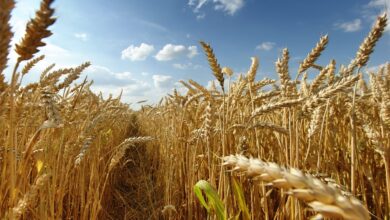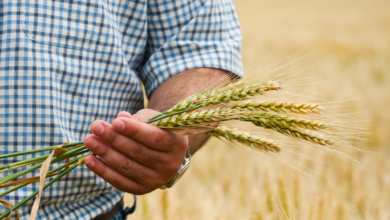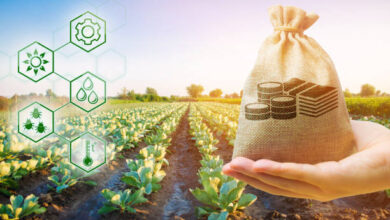Revolutionizing urban agriculture with hydroponic vertical farming
HYDROPONIC VERTICAL FARMING
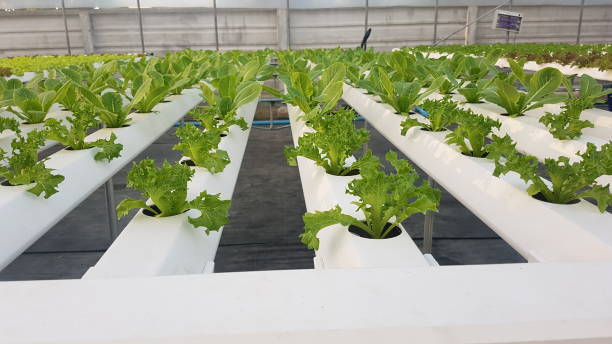
Hydroponic vertical farming is a method of growing plants in a controlled environment without soil, using water and nutrients instead. This innovative approach to agriculture has been gaining popularity in recent years, particularly in urban areas where land for traditional farming is limited. By utilizing unused vertical space, hydroponic vertical farming has the potential to revolutionize urban agriculture, providing a sustainable solution for producing fresh, healthy, and locally grown food. In this blog post, we will explore the concept of hydroponic vertical farming and its potential to transform the way we grow and consume food in cities.
Understanding the Basics of Hydroponic Vertical Farming
Hydroponic vertical farming may sound like a complex concept, but at its core, it is a straightforward method of growing plants without soil. Instead, plants are grown in a controlled environment using a nutrient-rich water solution. This innovative approach to agriculture has gained popularity in recent years, and for good reason.
To understand the basics of hydroponic vertical farming, we need to break it down into three key components: the growing medium, the nutrient solution, and the vertical structure.
First, let’s talk about the growing medium. In traditional soil-based farming, the soil provides plants with the necessary nutrients and support. In hydroponic vertical farming, however, soil is not needed. Instead, plants are grown in a growing medium such as perlite, vermiculite, or coconut coir. These materials provide support for the plants’ roots while allowing for adequate oxygen and nutrient absorption.
Next, we have the nutrient solution. This is a carefully balanced mixture of water and essential nutrients that is delivered directly to the plants’ roots. The plants receive all the necessary nutrients without the need for soil. By providing the nutrients directly to the plants’ roots, hydroponic vertical farming allows for optimal nutrient uptake and efficient water usage.
Finally, we have the vertical structure. This is where the “vertical” in hydroponic vertical farming comes into play. Instead of plants growing horizontally across vast fields, they are stacked vertically, utilizing unused vertical space. This allows for more plants to be grown in a smaller footprint, making it ideal for urban areas where land is limited.
Overall, hydroponic vertical farming offers several benefits over traditional farming methods. It allows for year-round production, eliminates the need for harmful pesticides and herbicides, conserves water, and reduces the risk of soil-borne diseases. Additionally, the controlled environment of hydroponic systems allows for precise control over factors such as temperature, humidity, and lighting, resulting in higher crop yields and quality.
Now that we understand the basics of hydroponic vertical farming, let’s explore the advantages and potential of this innovative agricultural method.
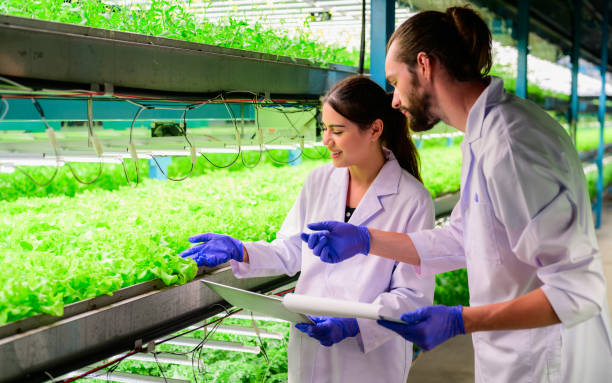
The Advantages and Potential of Hydroponic Vertical Farming
Hydroponic vertical farming offers numerous advantages and has the potential to revolutionize urban agriculture. By harnessing the power of vertical space and eliminating the need for soil, this innovative method of growing plants has the capability to transform the way we grow and consume food in cities.
One of the biggest advantages of hydroponic vertical farming is its ability to maximize space efficiency. In urban areas where land is limited and expensive, this is a game-changer. By growing plants vertically, hydroponic systems allow for multiple layers of crops to be cultivated in a small footprint. This means that more food can be produced in less space, making it possible to meet the increasing demand for fresh, locally grown produce in urban environments.
Another major advantage is the ability to control the growing environment. In hydroponic systems, factors such as temperature, humidity, and lighting can be precisely regulated. This means that plants can be grown in optimal conditions year-round, regardless of external weather conditions. Additionally, the controlled environment reduces the risk of pests and diseases, eliminating the need for harmful pesticides and herbicides.
Water conservation is another key benefit of hydroponic vertical farming. Traditional soil-based farming requires a significant amount of water to sustain crops, much of which is lost through evaporation and runoff. In hydroponics, water usage is drastically reduced as the nutrient solution is delivered directly to the plants’ roots. This not only conserves water but also reduces the strain on freshwater resources, making it a more sustainable and environmentally friendly approach to agriculture.
Hydroponic vertical farming also has the potential to significantly increase crop yields and quality. With precise control over the growing conditions, plants can receive the optimal amount of nutrients, light, and water. This results in healthier, more vigorous plants that produce higher yields and better-quality produce. In a world where food security is a pressing concern, this advantage cannot be overlooked.
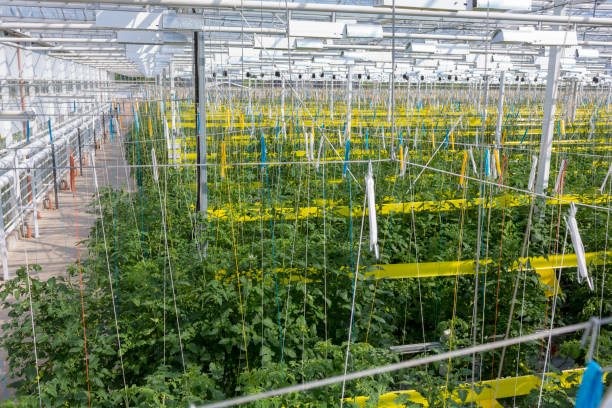
Challenges and Solutions in Implementing Hydroponic Vertical Farming
Implementing hydroponic vertical farming does come with its fair share of challenges. However, with innovative solutions and advancements in technology, these challenges can be overcome, paving the way for a more sustainable and efficient agricultural system in urban areas.
One of the main challenges in implementing hydroponic vertical farming is the initial cost. Setting up a hydroponic system can require a significant investment in infrastructure, equipment, and technology. However, as the popularity of this farming method continues to grow, the costs are gradually decreasing. Additionally, there are various funding options and grants available to support farmers and entrepreneurs in starting their hydroponic ventures.
Another challenge is the need for specialized knowledge and skills. Hydroponic farming involves a different set of techniques and practices compared to traditional farming. Farmers and growers need to have a thorough understanding of nutrient solutions, pH levels, and plant diseases, among other things. However, there are numerous resources and training programs available to help individuals gain the necessary knowledge and skills.
Maintaining the optimal growing environment can also be a challenge. Factors such as temperature, humidity, and lighting need to be carefully regulated to ensure optimal plant growth. Advanced automation systems and sensors can help monitor and control these factors, ensuring a stable and consistent growing environment.
One of the major concerns with hydroponic farming is energy consumption. Artificial lighting and climate control systems require a significant amount of energy. However, advancements in LED lighting technology and energy-efficient climate control systems are reducing energy consumption. Additionally, exploring renewable energy sources, such as solar panels, can further reduce the environmental impact of hydroponic farming.
Lastly, ensuring the accessibility of fresh produce to urban communities can be a challenge. Hydroponic vertical farming is often located outside city centers due to space limitations. However, the development of vertical farms in urban areas, such as rooftop gardens and vertical structures integrated into buildings, can help bring fresh produce closer to consumers.
Despite these challenges, hydroponic vertical farming offers a promising solution to the limitations of traditional agriculture in urban areas. With ongoing research and advancements in technology, these challenges can be overcome, leading to a more sustainable, efficient, and locally grown food system. The future of urban agriculture lies in the hands of hydroponic vertical farming.
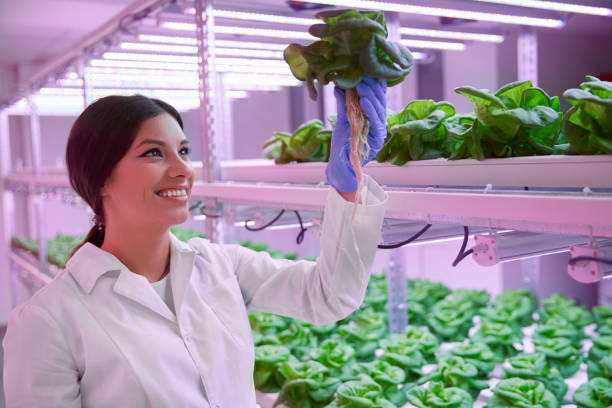
Case Studies: Success Stories of Hydroponic Vertical Farming in Urban Areas
Hydroponic vertical farming has already proven to be a success in various urban areas around the world. Let’s take a look at some of the success stories and the impact they have had on their respective communities.
One notable success story is the Gotham Greens rooftop greenhouse in Brooklyn, New York. This innovative urban farm has transformed an unused rooftop into a thriving agricultural space. With the use of hydroponic systems, Gotham Greens is able to grow a variety of fresh, leafy greens and herbs year-round. Not only does this provide the local community with access to locally grown produce, but it also reduces the carbon footprint associated with transporting food long distances.
Another impressive case study is Sky Greens in Singapore. With limited land available for traditional farming, Sky Greens has implemented vertical farming systems to maximize their growing capacity. Using a rotating tower system, this urban farm is able to produce leafy greens such as lettuce and bok choy. The vertical farming approach has not only increased their production capacity but also reduced water usage and energy consumption compared to traditional farming methods.
In Japan, Mirai Co., Ltd. has taken hydroponic vertical farming to the next level. Their Mirai Factory utilizes advanced automation and robotic systems to efficiently grow lettuce and other leafy greens. This high-tech approach allows for precise control over growing conditions and ensures consistent, high-quality produce year-round. The Mirai Factory has not only improved the availability of fresh produce in urban areas but also reduced the reliance on imported vegetables.
These success stories highlight the potential of hydroponic vertical farming in urban areas. By utilizing unused vertical space and implementing advanced technologies, these farms are able to produce fresh, healthy, and locally grown food. This not only benefits the local communities by providing access to nutritious produce but also promotes sustainability and reduces the environmental impact associated with traditional farming methods.
As hydroponic vertical farming continues to gain traction, we can expect to see more success stories emerging from urban areas around the world. The combination of innovative technologies, efficient resource usage, and a focus on local food production makes hydroponic vertical farming a promising solution for sustainable urban agriculture. The future of food production is here, and it’s growing up, not out.
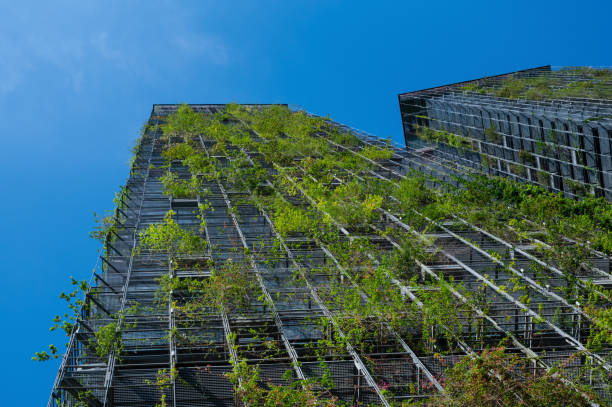
The Future of Urban Agriculture: A Hydroponic Revolution
As we look ahead to the future of urban agriculture, one thing is clear: hydroponic vertical farming has the potential to revolutionize the way we grow and consume food in cities. This innovative method of farming, which utilizes vertical space and nutrient-rich water solutions instead of soil, offers a sustainable and efficient solution to the limitations of traditional agriculture.
With the global population on the rise and more people moving to urban areas, the demand for fresh, locally grown food is increasing. However, traditional farming methods struggle to meet this demand due to limited land availability and environmental constraints. This is where hydroponic vertical farming comes in.
By utilizing vertical space and growing plants in a controlled environment, hydroponic systems allow for more crops to be cultivated in a smaller footprint. This means that urban areas can become hubs of agricultural productivity, producing fresh, healthy, and locally grown food right where it is needed most.
The benefits of hydroponic vertical farming extend beyond space efficiency. By controlling factors such as temperature, humidity, and lighting, farmers can create optimal growing conditions year-round. This means that urban farms can provide a consistent supply of produce regardless of external weather conditions, reducing the reliance on long-distance transportation and the associated carbon footprint.
Additionally, hydroponic vertical farming eliminates the need for harmful pesticides and herbicides, resulting in healthier and more sustainable crops. With precise control over nutrient delivery and water usage, this method of farming also conserves resources, making it more environmentally friendly than traditional agriculture.
As the popularity of hydroponic vertical farming continues to grow, we can expect to see more innovative technologies and solutions emerging. From automated systems and robotic farming to the integration of vertical farms into urban infrastructure, the future of urban agriculture is bright.
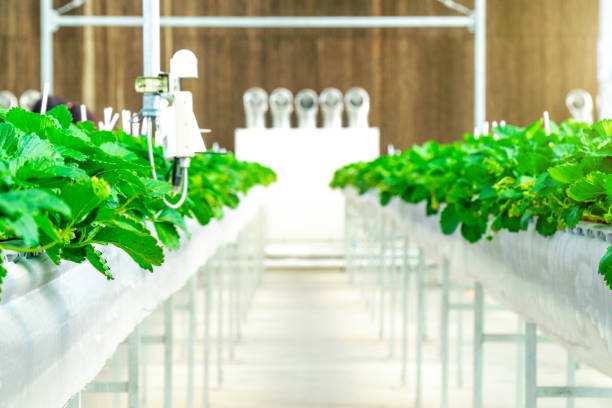
The hydroponic revolution is here, and it is poised to transform the way we grow and consume food in cities. With its numerous advantages, from space efficiency and resource conservation to improved crop yields and quality, hydroponic vertical farming offers a sustainable and efficient solution to the challenges of urban agriculture. As we embrace this innovative method of farming, we can create a future where fresh, locally grown food is accessible to all, while reducing our environmental impact and promoting a healthier and more sustainable food system.
